💤 Why Sleep Position Matters
The way you sleep can significantly impact your spinal alignment, breathing patterns, and overall health. Poor sleep posture may cause or worsen back and neck pain, obstruct breathing, and lead to conditions like sleep apnea, acid reflux, or chronic fatigue.
📌 Key Benefits of Good Sleep Posture:
- Maintains natural spinal curves
- Reduces snoring and improves oxygen flow
- Prevents nerve compression
- Enhances sleep quality and reduces pain
🛏️ 1. Back Sleeping (Supine Position)
Best for: Spine alignment, neck support, acid reflux, and breathing
Avoid if: You snore heavily or have sleep apnea

✅ Pros:
- Keeps head, neck, and spine in a neutral position
- Reduces acid reflux when paired with head elevation
- Minimizes pressure on internal organs
❌ Cons:
- Can worsen snoring and sleep apnea
- May feel uncomfortable for those with lower back issues
Tip: Place a pillow under your knees to reduce lower back stress.
🤰 2. Side Sleeping (Lateral Position)
Best for: Sleep apnea, snoring, spinal health, pregnant women
Avoid if: You have shoulder or hip pain

✅ Pros:
- Improves airflow, reduces snoring
- Alleviates pressure on spine
- Ideal during pregnancy (especially left side)
- Reduces acid reflux
❌ Cons:
- Can cause shoulder and hip discomfort
- May cause facial wrinkles over time
Tip: Use a pillow between your knees to keep hips and spine aligned.
🌙 3. Fetal Position
Best for: Pregnant women, people with herniated discs
Avoid if: You have joint stiffness or restricted breathing

✅ Pros:
- Encourages optimal spinal curve
- Opens up vertebral spaces
- Reduces snoring (especially on left side)
❌ Cons:
- May restrict deep breathing
- Can cause neck or back stiffness if curled too tightly
Tip: Loosen your curl and keep the spine as straight as possible.
🧘 4. Stomach Sleeping (Prone Position)
Best for: Reducing snoring in some people
Avoid if: You have neck, spine, or jaw issues

✅ Pros:
- Can ease snoring
- Might help in digestion for some people
❌ Cons:
- Causes neck strain from head turning
- Forces unnatural spine curvature
- Puts pressure on joints and muscles
Tip: If you must sleep this way, use a flat pillow or none at all, and try placing a pillow under your hips.
🪑 5. Reclined Position (Elevated Upper Body)
Best for: Sleep apnea, GERD, certain spine conditions
Avoid if: You don’t have adjustable bed or reclining chair

✅ Pros:
- Opens airways for better breathing
- Reduces acid reflux
- Relieves lower back pressure for some spinal injuries
❌ Cons:
- May feel unnatural
- Not ideal without proper support
Tip: Use wedge pillows or adjustable beds to maintain comfort.
🧠 Expert Recommendations
| Sleep Position | Spine Health | Breathing | Best For | Avoid If |
|---|---|---|---|---|
| Back (Supine) | ✅ Excellent | ⚠️ Can restrict | Acid reflux, neck pain | Snoring, sleep apnea |
| Side (Left) | ✅ Great | ✅ Best | Snoring, pregnancy | Shoulder pain |
| Fetal | ✅ Good | ⚠️ Slightly Restricted | Pregnancy, disc issues | Joint stiffness |
| Stomach | ❌ Poor | ✅ Open airways | Occasional snorers | Neck/spine problems |
| Reclined | ✅ Targeted | ✅ Excellent | Sleep apnea, GERD | No support bed |
🧩 Bonus Tips for Healthy Sleep Alignment
🛏 Mattress Matters:
Choose a medium-firm mattress that supports your body without sagging.
🧸 Pillow Placement:
- Back sleepers: Pillow under head and knees
- Side sleepers: Pillow between knees and under neck
- Stomach sleepers: Flat pillow or none
🔁 Rotate Sleeping Positions:
If one position becomes uncomfortable, alternate between side and back sleeping.
🌿 Conclusion
The best sleep position is one that aligns your spine and promotes easy breathing—side sleeping and back sleeping with support are the top choices. Avoid stomach sleeping unless necessary, and always support your body with appropriate pillows and a good mattress.
ABOUT THE AUTHOR
Dr. Abid Akram is a dedicated medical practitioner known for his patient-centered approach and strong clinical expertise. With an MBBS degree and years of hands-on experience, he has developed a keen interest in preventive healthcare and internal medicine. Dr. Abid firmly believes that health is not just about treating illness but about empowering individuals to make lifestyle choices that prevent disease and promote long-term well-being. His approachable personality and ability to explain complex medical concepts in simple terms make him a trusted doctor among his patients. Outside of his clinical practice, Dr. Abid contributes to community health awareness programs, aiming to bridge the gap between medical knowledge and everyday life.

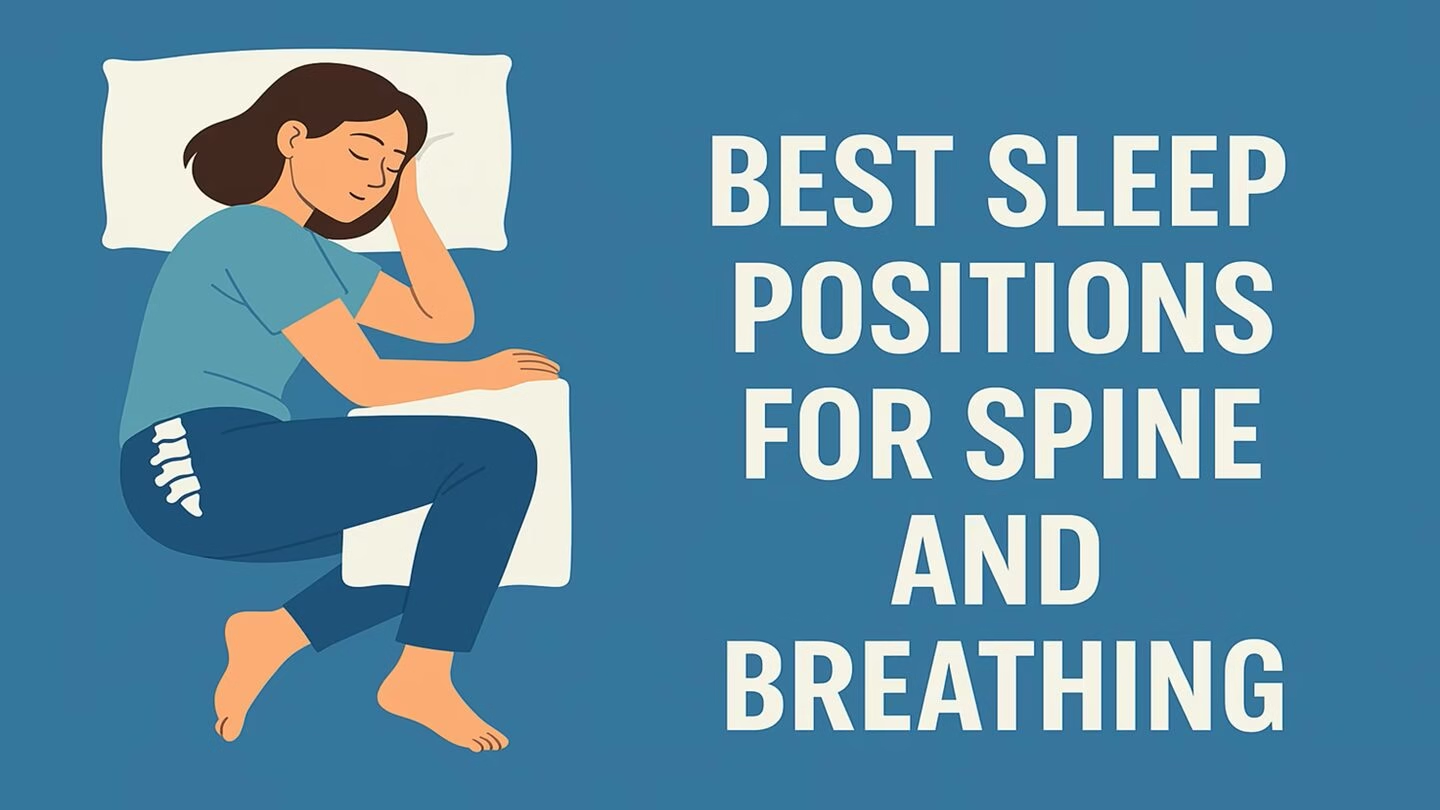
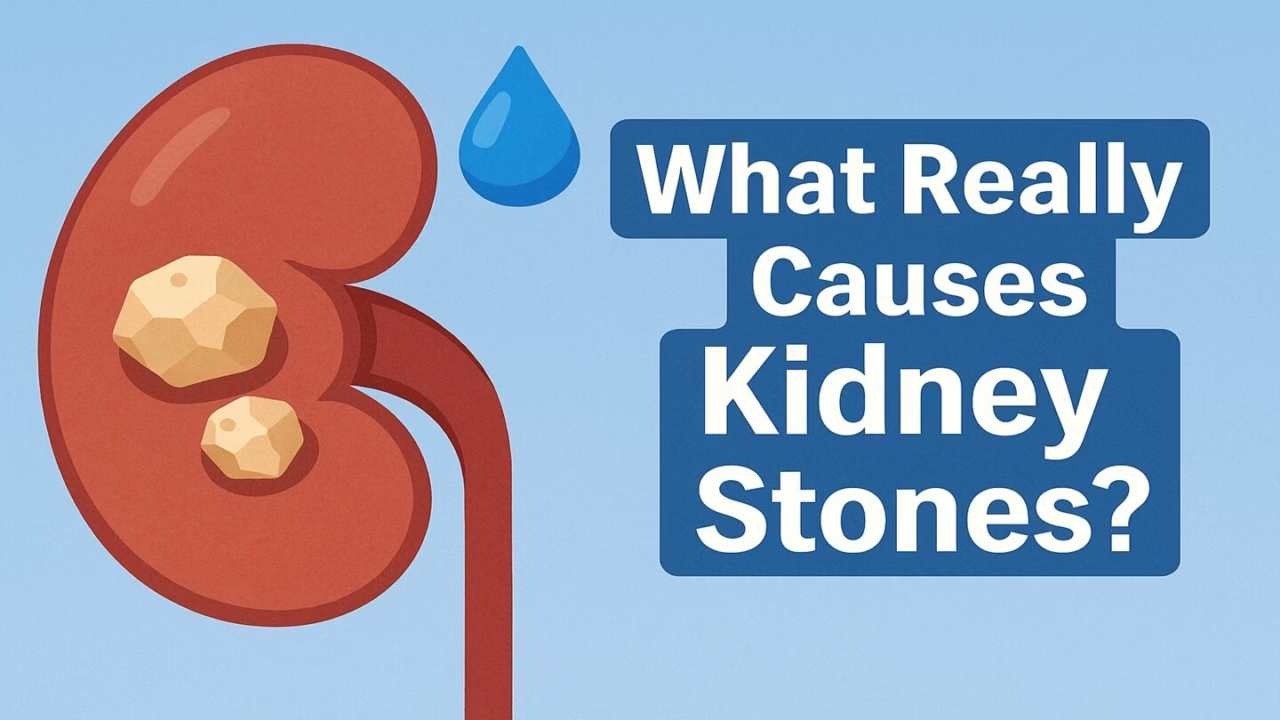


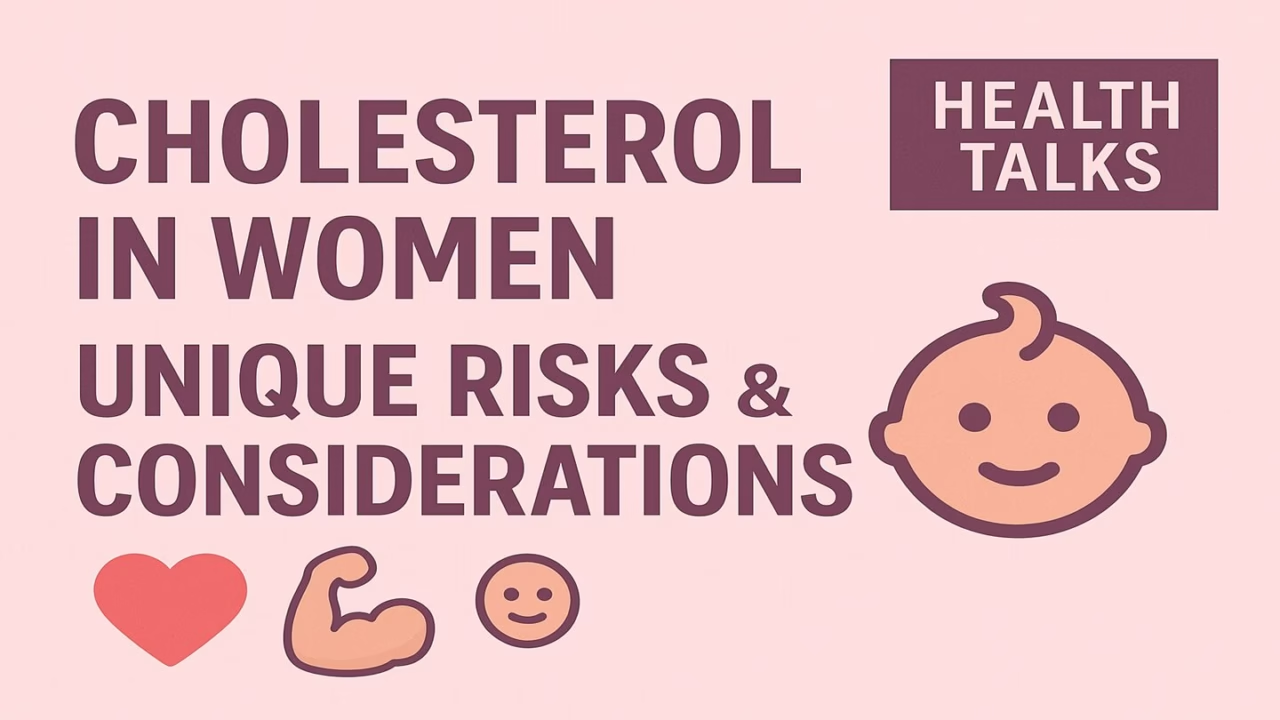






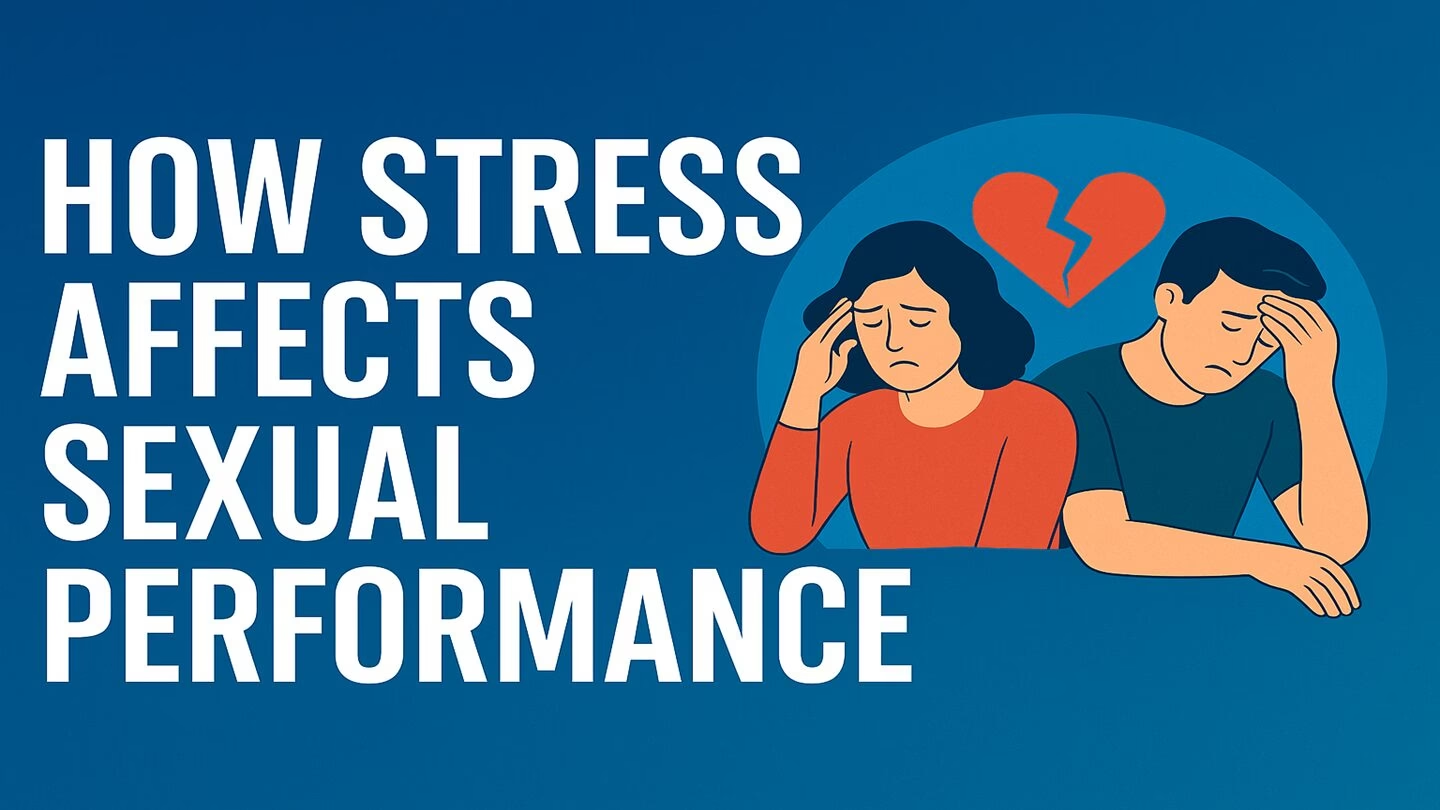
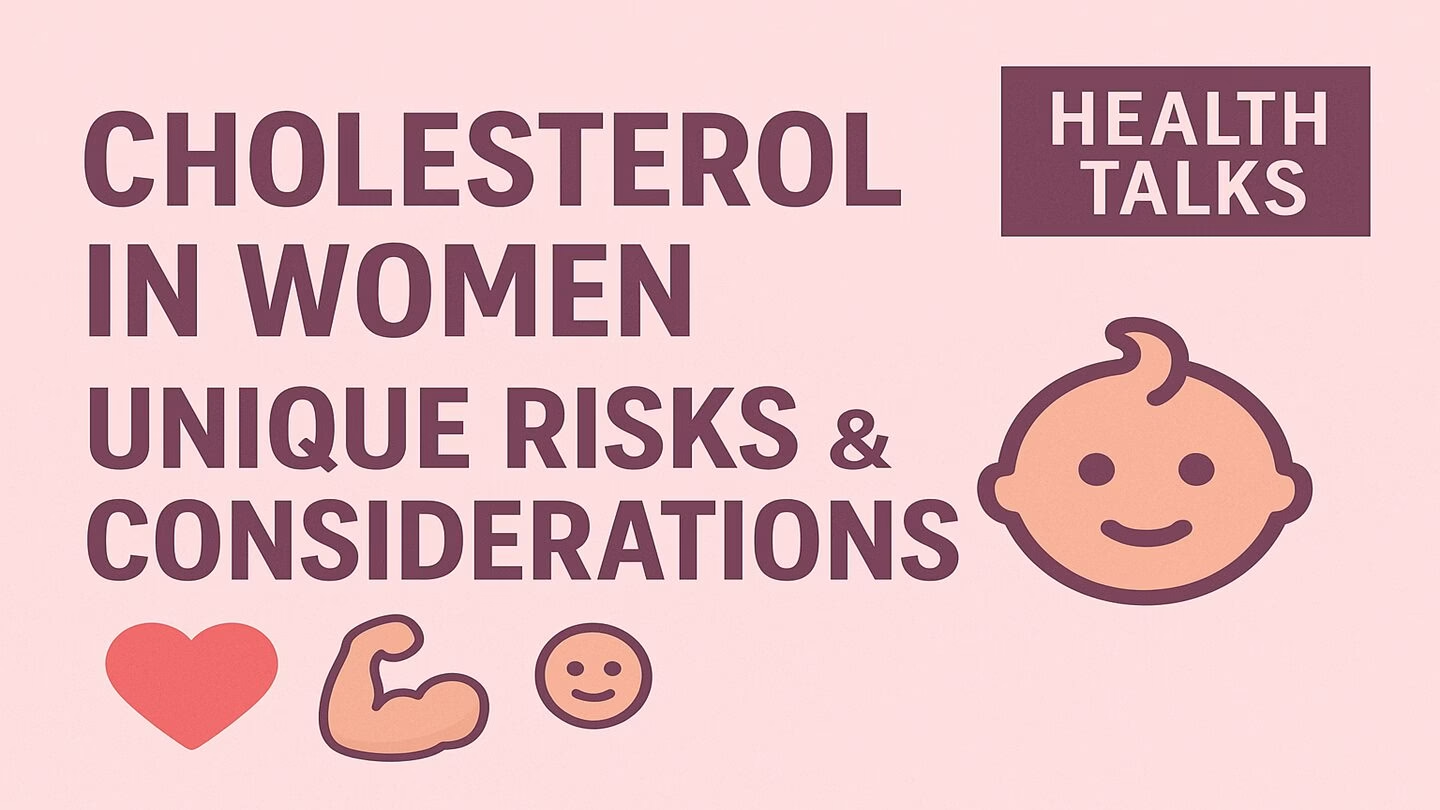
Add comment